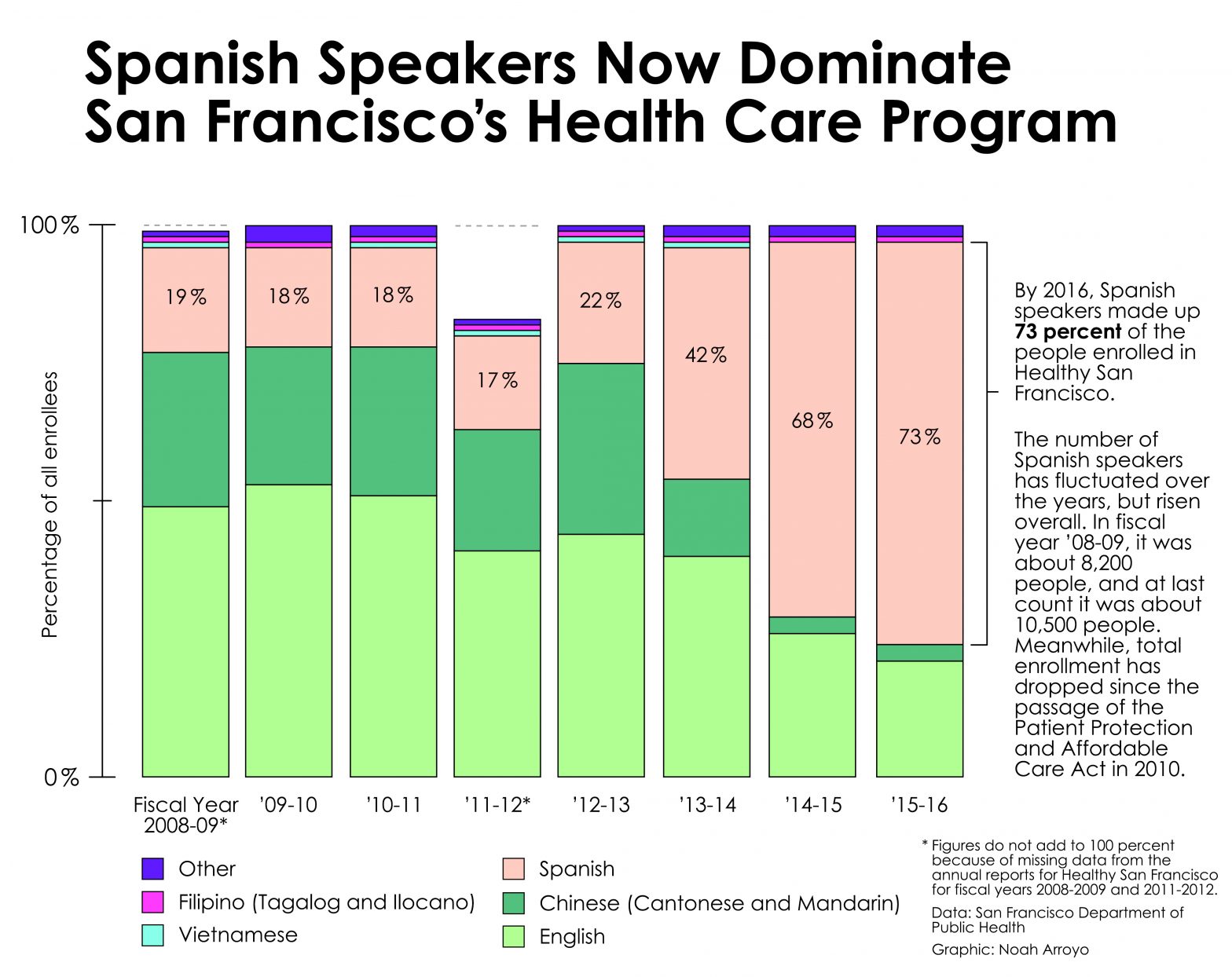News
Understanding Silicon Valley’s Newfound Activism
By Queena Sook Kim and Liz Gannes, KQED News Fix
Silicon Valley may want to change the world, but traditionally it has stayed out of the realm of politics to do it. So how to explain the sudden explosion of political protest against President Trump’s Jan. 27 executive order on immigration? Tony Xu’s metamorphosis provides one answer. Xu is the co-founder of the food delivery startup DoorDash, which is one of the tech companies that signed onto the immigration amicus brief.






